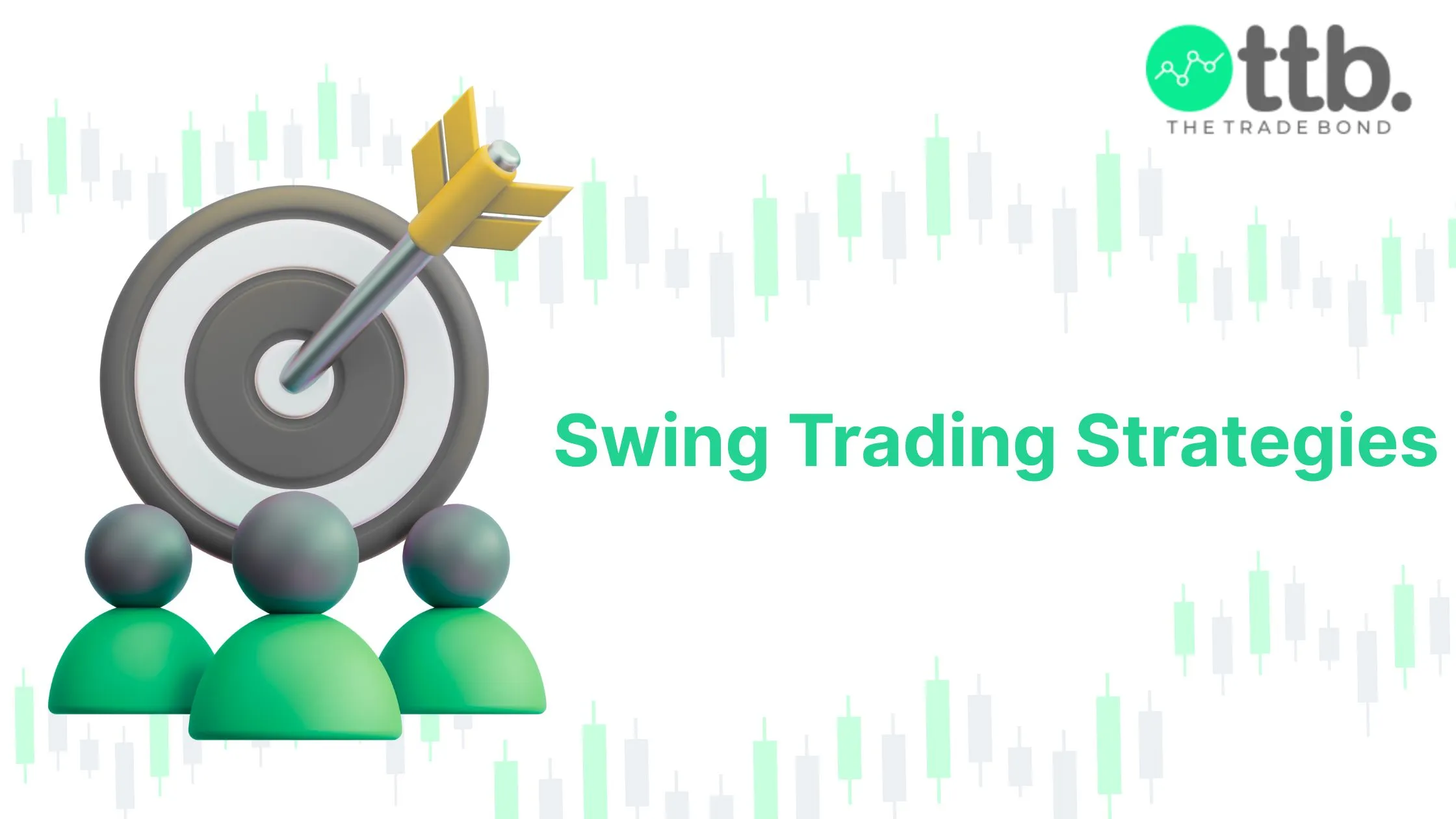Best swing trading strategies for part-time traders

Swing Trading Strategies for Part-Time Traders
Swing trading strategies are designed to pick up short-term and medium-term price movements. These price movements can last from a few days to weeks. Moreover, swing trading is suitable for part-time traders who cannot monitor the markets all day. But they still want to participate actively. With the help of the right approaches, part-time traders can plan their trades according to their time without any pressure of volatility.
If you’re new to swing trading, you can also check the details on our swing trading tips page. So, you can understand how to build a practical approach before implementing these strategies.
Why Swing Trading Suits for Part-Time Traders
For the part-time traders who prefer using swing trading strategies suits perfectly because it doesn’t need constant screen time. Unlike intraday trading, where positions are open and closed within the same day. But in swing trading, trades are held for several sessions. Therefore, this approach allows traders to analyze charts and place trades during off-hours.
Also, swing traders mostly depend on end-of-day price data because this saves time. If you want to know what external movements affect this approach. Read our blog on how stock market changes effect on swing trading.
Using Daily vs Weekly Charts in swing trading strategies
Selecting the right timeframes is essential for any swing trading strategies for beginners. Daily charts help traders to identify short-term trends and patterns. Coming to weekly charts gives a broader view of market direction.
Weekly charts help part-time traders to identify overall trends, and daily charts help them to plan entry and exit points. By combining these two charts reduce noise and help you to focus on high-quality setups.
Breakout Strategy for Strong Zones
A breakout strategy help to identify price levels where the market has previously faced strong resistance or support. When price breaks out from these levels with high volume, it leads to sharp moves.
Part-time traders can mark these strong zones on their charts and place alerts. Once a breakout happens, you can enter trades with predefined stop-loss and target levels. Therefore, trading swing strategy works well because it doesn’t need continuous monitoring.
Pullback and Retracement Strategy for Swing Trading
Pullback strategy helps to identify and capitalize on temporary price corrections within a larger trend. After a breakout, price often revisits previous support zones before resuming the trend. This can create an opportunity to enter at better prices.
With the help of the Fibonacci retracement strategy, part-time traders can identify ideal pullback entries. Hence, this method fits well into swing trading strategies, which reduces the risk.
Support and Resistance Strategy for Swing Trading
Support and resistance levels are the backbone of technical analysis. Hence, they act as psychological price zones where buyers & sellers step in.
Traders can arrange support and resistance lines on daily or weekly charts. Therefore, buying near support and selling near resistance can be an effective approach. Especially when you combined with trend confirmation tools. To know how experts analyze these zones, you can connect with the best equity research analyst in India for more insights.
RSI and MACD Momentum Strategy for Part-Time Traders
With the help of momentum indicators, such as RSI and moving average convergence divergence, it helps to identify trend strength and reversals.
- RSI indicator will show overbought or oversold conditions.
- MACD indicator helps confirm trend direction through signal line crossovers.
By combining both indicators, like RSI and MACD, it gives a bullish crossover. Therefore, it can indicate a new swing move. Hence, combined momentum setup is widely used by part-time traders in their swing trading stock screener. With the help of this, traders can shortlist stocks that show fresh strength.
Learning from Past Trades to Refine Your Strategy
Tracking trades is important, but sometimes building the best swing trading strategies is also crucial. So, maintaining a simple trading journal help to review your entry, risk-reward ratio, and outcome.
You can notice patterns such as which setup works well for your schedule and which one to avoid. This habit not only improves decision-making but also develops discipline. If you prefer structured guidance, you can consult our stock market advisor. They can help you improve strategy based on your past trades.
Conclusion
For part-time market participants, swing trading is the ideal choice. This can help them to balance their professional work and market interests. Applying swing trading strategies such as breakouts, pullbacks, support-resistance, and momentum setups is very helpful. So, part-time traders can approach markets with a proper plan.
You can start learning basics and use different tools like swing trading stock screener to filter potential trades. With the help of basics and tools, you can build your method step by step. If you want to know more, read our article on why swing trading is popular for part-time traders. With the right mindset, part-time traders can build strong habits and grow gradually through swing trading.
FAQ's
What is the best swing trading strategy for beginners?
A simple breakout or pullback approach is the best swing trading strategies for beginners. Because it involves entering trades when price breaks major levels in an ongoing trend.
Do swing trading strategies work in volatile markets?
Swing trading strategies still work in volatile markets if you plan a proper stop-loss and focus on strong support and resistance zones.
Can I apply swing trading strategies with a small trading capital?
Yes, swing trading strategies can be applied with small capital using position sizing and risk management. It’s better to start small and gradually build confidence as a part-time trader.
